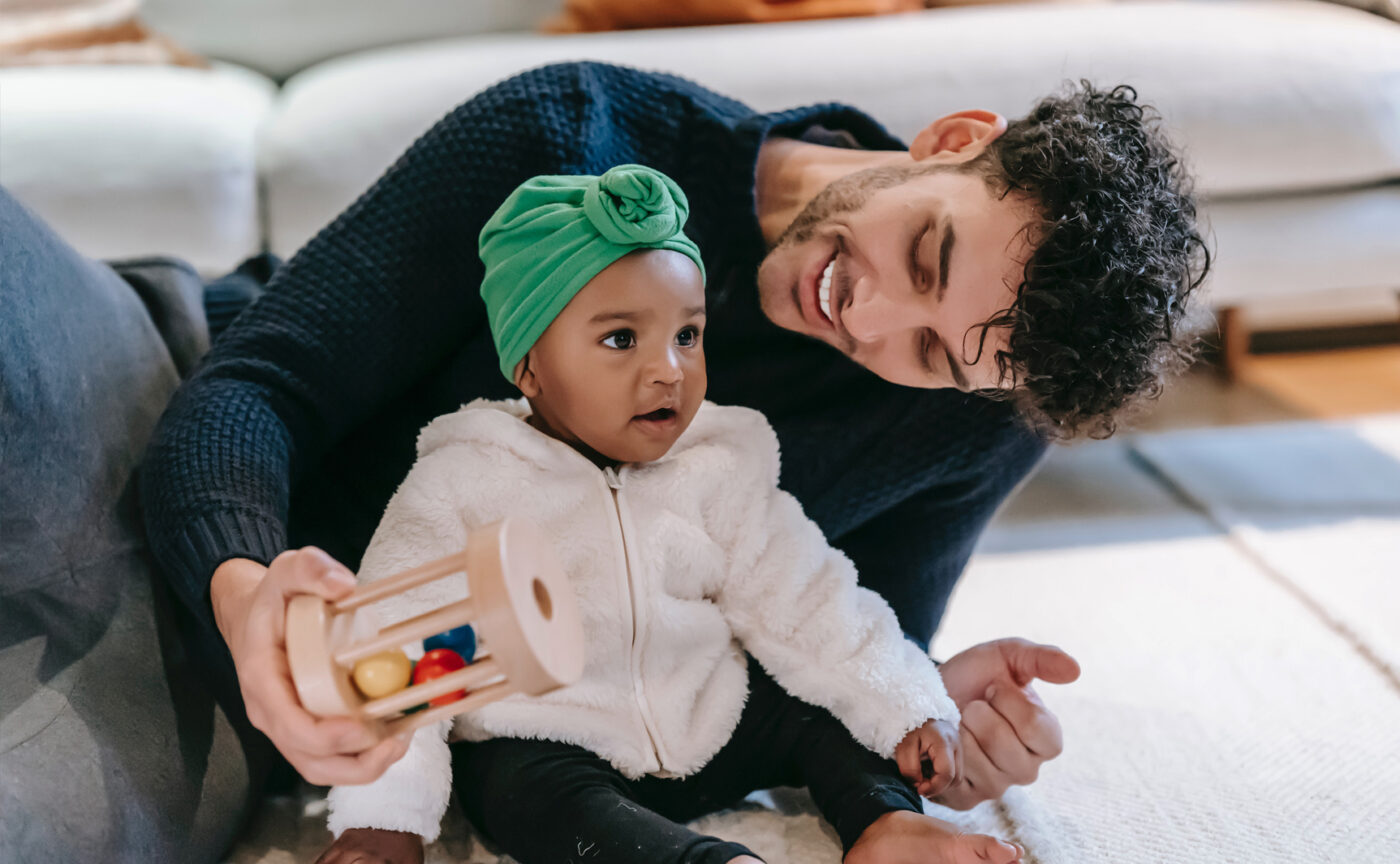Raising a multilingual child
Each language is made up of approximately 40 sounds and babies’ brains can distinguish between over 800 sounds. This allows for them to learn any language at birth, so how can we support that?
Read more
Every child is different, and your parenting experience will be too. Babies and children develop at their own pace – there’s no set time by which they’ll learn a specific skill. But it can be useful to look at common baby developmental milestones to get a general sense of what you should be looking out for and when.
As a parent, it’s natural to want reassurance that your child is on track. While we hope this baby development guide gives a useful insight into the general pattern you might expect your child’s development to follow, it’s important to remember that this ‘timeline’ will not be the same across all children as every child is unique.
Your child may reach some milestones early and others later than suggested here, and that’s perfectly normal. If you have any worries that your child isn’t hitting their developmental milestones please talk to their key person, your health visitor or doctor.